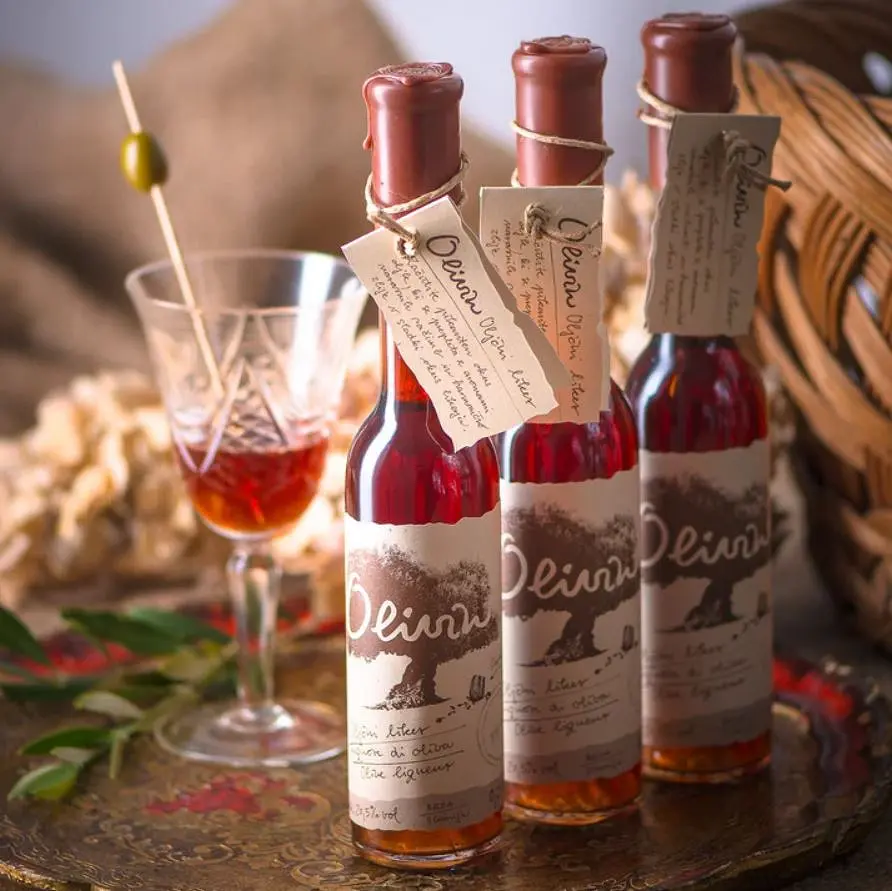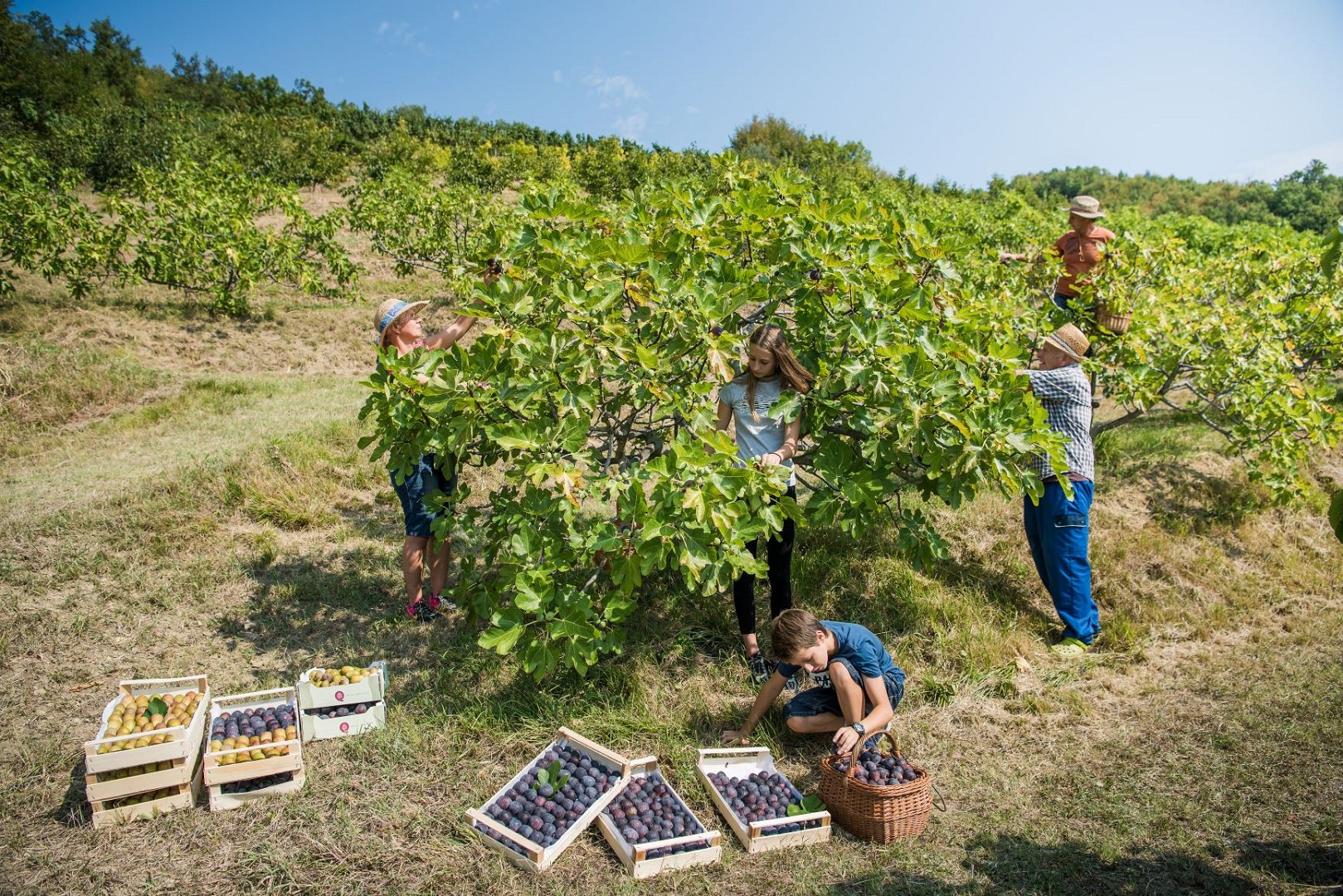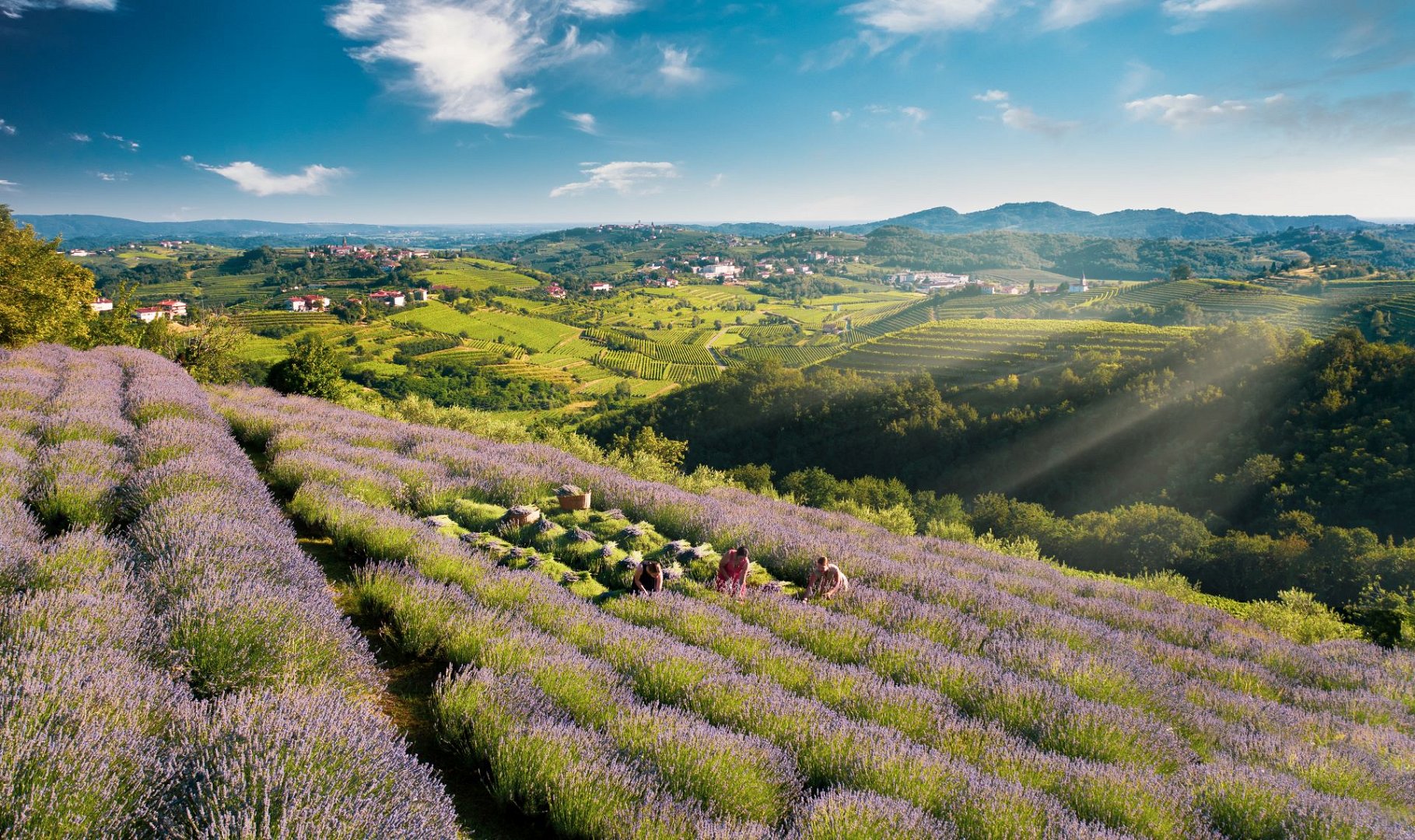In the late autumn days, when the Brda countryside turns to cooler colours, many locals still fire up the brandy cauldron.
The schnapps-making process was also widespread in the past. As well as providing an extra income for the family, schnapps was also very useful for curing various illnesses. It was used to prepare a wide variety of medicines. The so-called “methano” schnapps has always been quite distinguished. The term probably derives from the root of the Italian word medicina, medicine. According to oral tradition and unwritten rules, as many as thirty-three types of medicinal herbs had to be soaked in the spirit and soaked for at least a month. The spirit thus prepared has a truly healing effect, which is why some people still make it today.
Walnut schnapps was also very well known. Soft green walnuts were cut into the schnapps and placed in the sun for a month. The walnuts were then removed, the liquid was strained through a thick cloth or cheesecloth, sugar, cinnamon and cloves were added and the bottles were pressed. Walnut schnapps was made according to this old recipe is also still made by some people today.
Grapeskins were also saved for making schnapps. They were packed into wooden containers, covered tightly to prevent the alcohol from the boiling process from escaping, and the lid was weighted down with a stone or other weight. After the First World War, when Brda passed into Italian hands, the brewing of schnapps was strictly forbidden. The finance authorities were constantly checking to make sure that no one was breaching this ban. If anyone was caught at work, the cauldron and the schnapps were confiscated and a hefty fine was imposed. Despite the tough measures, some farmers have done well. They cooked in hidden places near the water, away from the village. The sale of brandy was also forbidden.
The last to flow out of the cauldron is the korenta, a very weak spirit added to schnapps with more than 50 % alcohol.



